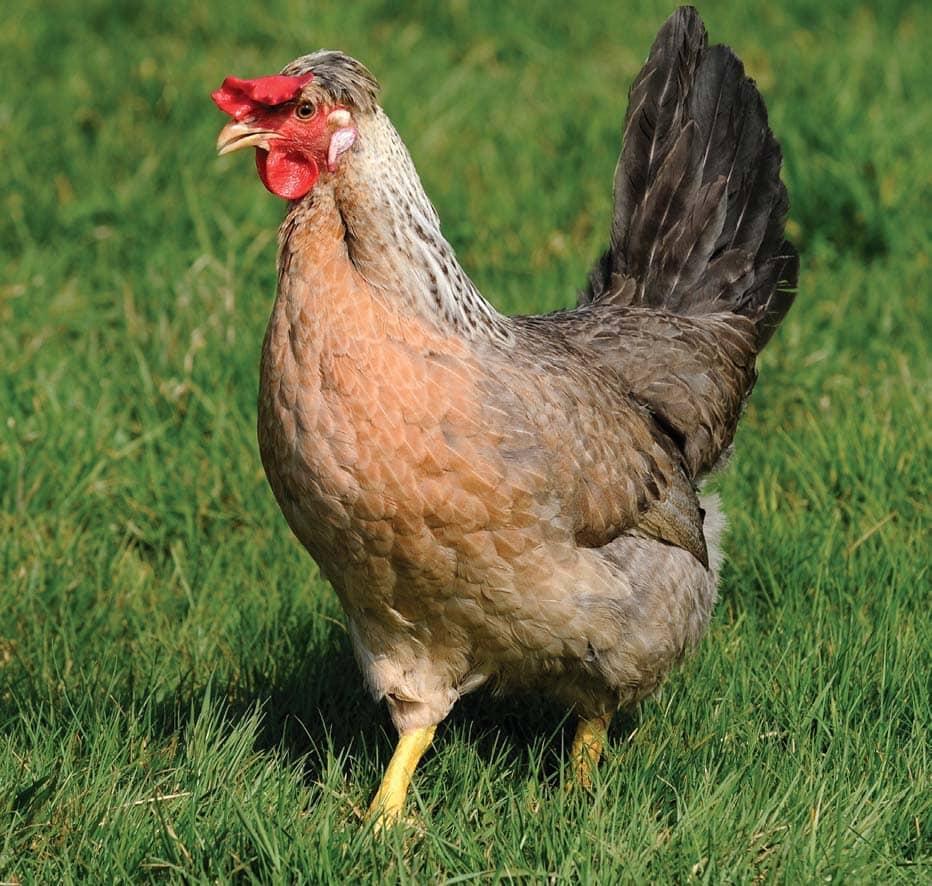
FOR anyone involved in breeding chickens, the number of male birds being produced is a key aspect. Unless you’re rearing for the table or specifically for the show pen, then males can be a bit of a problem, if only that they can be noisy and finding new homes for surplus cockerels tends to be struggle.
One problem is that often it’s not possible to sex chicks until they are several months old so keepers incur the cost of rearing birds they may neither want or be able to keep.
Enter the Legbar, one of a range of autosexing breeds developed by Professor R.C. Punnett and M.S. Pease working at Cambridge University. This meant that the gender of day-old chicks could be reliably identified.
The crossing and careful offspring selection of the brown Leghorn with the barred Plymouth Rock produced gold and silver Legbars. When the Araucana was added to the breeding mix, the cream Legbar was born.
Looks aren’t everything
The Legbar, in all its forms, should be a sprightly and alert character; these are birds that are constantly active. But the two aspects that set the cream version apart are its striking, swept-back head crest and the wonderfully coloured eggs it lays.
While the gold and silver versions both produce white or cream-shelled eggs, this one lays eggs with most attractive pale blue, green or olive-coloured shells. This, together with the good number produced overall, is probably the breed’s biggest selling point as far as the back-garden keeper is concerned.
To look at, the cream Legbar isn’t a spectacular bird, but showiness was never the objective. As far as plumage is concerned, the clue really is in the name. In the case of males, the neck hackle feathers should be cream, with sparse grey barring, as should the crest and saddle feathers.
Diese Geschichte stammt aus der November 27, 2019-Ausgabe von Cage & Aviary Birds.
Starten Sie Ihre 7-tägige kostenlose Testversion von Magzter GOLD, um auf Tausende kuratierte Premium-Storys sowie über 8.000 Zeitschriften und Zeitungen zuzugreifen.
Bereits Abonnent ? Anmelden
Diese Geschichte stammt aus der November 27, 2019-Ausgabe von Cage & Aviary Birds.
Starten Sie Ihre 7-tägige kostenlose Testversion von Magzter GOLD, um auf Tausende kuratierte Premium-Storys sowie über 8.000 Zeitschriften und Zeitungen zuzugreifen.
Bereits Abonnent? Anmelden
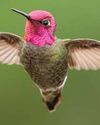
The World's Best-Known Hummingbird?
Intensively studied, the gem-like Anna’s hummingbird is a welcome visitor to the gardens of America’s most populous state: California. Bill Naylor investigates its life history
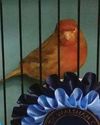
The charm of the English Cinnamon
Despite its long and complicated history, the true Cinnamon canary is still with us – in the hands of a tiny group of breeders. DONALD SKINNER-REID reckons it deserves wider appreciation
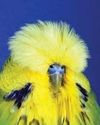
Spangles: a personal overview
FRED WRIGHT relates a budgie story of over-exploitation, consequent problems and abundant potential for the future

New converts to old breeds
Old and rare canaries have a reputation for adding fresh interest and challenge to the hobby. PETE HOOK and NICK JOY agree, and explain the birds’ charm to Dave Brown

Themed aviaries are a hit with the public at annual Stafford show
DECORATIVE AVIARY DISPLAYS from a CBS and an online bird keeping advice group were voted in the top three by visitors for the inaugural Stafford Aviary Competition.
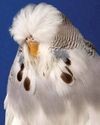
Pieds with potential
More than just a lesser variety, the dominant pied will introduce challenge and change into most studs, reckons CLIVE WAKEMAN. Here he discusses pairings to try and others to avoid

Club News
Welcome to the club and show pages – the bit that’s all about you Results: convention, specialist & rare and Breeder of the Year

Canaries Month by Month:
With Christmas around the corner, BRIAN KEENAN is well into his winter programme, and reckons he might deserve a nice outcross
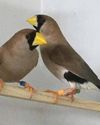
Smart Choice, Docile Nature
Dave Brown welcomes the masked grassfinch to his birdroom and shares advice on this lovely Australian species
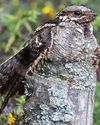
The truth about the ‘flying toad'
Odd local names and weird superstitions can’t hide the beauty and elegance of the nightjar, a species that has made a fascinating subject in a few zoo collections, reveals BILL NAYLOR